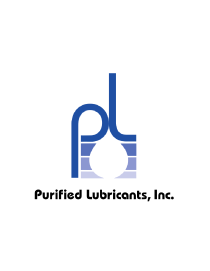The pour point of an oil is the lowest temperature at which an oil is observed to flow by gravity in a specified lab test. Specifically, the pour point is 3 degrees C (5 degrees F) above the temperature at which the oil shows no movement when a lab sample container is held horizontally for 5 seconds.





